
As a UX Designer, you have to incorporate the user experience case studies in your portfolios as samples of their work. You have to present appealing narratives in words and visuals to show how you have solved difficulties to give recruiters crucial insights. Designers' abilities and thinking methods are highlighted in such narratives, which increases their appeal as possible hires. So, we hope you understand the importance of your UX case studies. It’s not only important for your college grades but also your shining career. And if you’re unaware of the ways and techniques to write case studies, you are in the right place because in this blog, we will show you how to write a ux case study.
Did you know that the regular UX recruiter skims less than 5 minutes throughout your UX presentation? and to get through it, you do not need a simple UX portfolio, but excellent UX presentations that demonstrate essential skills and knowledge if you're willing to join the booming industry of UX design with handsome pay.
Your UX portfolios will assist you in obtaining your first interview process and freelance clients and force you to remain current in your UX career. To put it another way, regardless of where you are in your UX profession, you'll need a well-maintained UX portfolio.
So, how can you furnish your UX case study in order to make a perfect portfolio, especially if you've never made it before? Well, that's exactly what you will learn in this blog! In this blog, you'll learn everything you need to know about your UX case study.
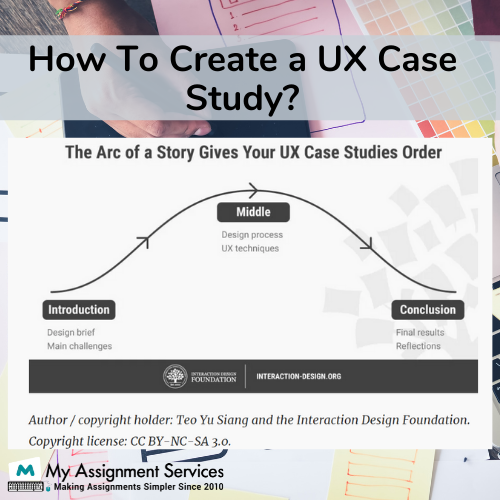
How to Get Started With Your UX Case Study?
If you’re still in doubt about the value of UX case studies, consider this as an important part of your resume for your UX designer career. Now pay attention and go through this whole blog carefully. Follow all the mentioned steps to make a perfect and spotless UX case study for your assignment.
To write your case study in a flow, a little advice–don’t start to worry about the word count or length from the beginning. Since most of your assignment will be related to the image and design part, you can always edit the extra bit when you proofread the content. But, get started first.
Learn how to acknowledge any source of information using the APA 7th style.
Download Now
What are the Steps to Make My UX Case Study Worth An A+ Grade?
Step 1: It’s all in the name–decide a title for your project (if not already provided)
Most of the time, universities provide you with the topic for which you have to do in-depth research and gain an understanding of your topic in a detailed way. While making assignments, students often fail in providing enough content in the project title when a great title might provide a little context for your case study. Imagine how easy it would be for your readers to understand and, ofcourse, your professors.
Step 2: Prepare an outline
Whenever you start giving away the facts, write down your thoughts. The objective of an outline is to assist you to comprehend the "big picture" of your project to choose how to construct the case study or whether the project is large enough to warrant multiple case studies.
Begin by filling in the bullet points beneath each of the seven parts listed above in your outline. Don't worry about the form of your sentences; simply scribble to get it away from your system. You may already have some of this written if you've described your initiatives as you engage in them.
Step 3: Put in all the information
You can start putting in details now that you have a framework and can see the broad picture.
Spend most of your time on the "Process and steps" section. Identify what you did throughout the project. This is where you'll keep track of the procedures you took, similar to how you kept track of all the steps taken into any science experiment during school time.
What do these processes and steps include?
- How did you do the research?
- What was the reasoning behind choosing this research method?
- What are the outcomes of your research?
- Did you learn anything specific while conducting the research?
Step 4: Headlines! Did you know about this earlier?
While reading a book, have you ever been in such a situation where you start thinking about just reading the book's key highlights instead of reading that whole book or novel? And we know that you have done this already. So you know the importance of key highlights, and these are nothing but the headings. So start including headings in each section of your case study and assignments if you are not doing that already.
Step 5: Finalize your case study
Your writing must be clear and concise, irrespective of the structure you’ve chosen in your portfolio.
It's not going to happen in one go! If you're working with pages in Keynote, your workflow will resemble this:
- Put one headline per page in Keynote using the headings you wrote.
- Consider combining various pieces of information into a single slide. You may mix your summary and problem statement, for example. It's a personal choice, so make your own!
- Now you must go back and begin to extract the most significant and relevant elements in your research scenario and include them as supporting data or evidence on each presentation.
If you follow all of these processes, you'll have an informative and engaging case study that's been cut down to make it more legible and scannable for your UX portfolio's users.
Remember that the UX case studies you create serve a variety of objectives. They are, of course, the backbone of your portfolio, but they can also inform your resume, LinkedIn profile, job descriptions, and even your interview queries.
Okay, can you share some UX case studies samples?
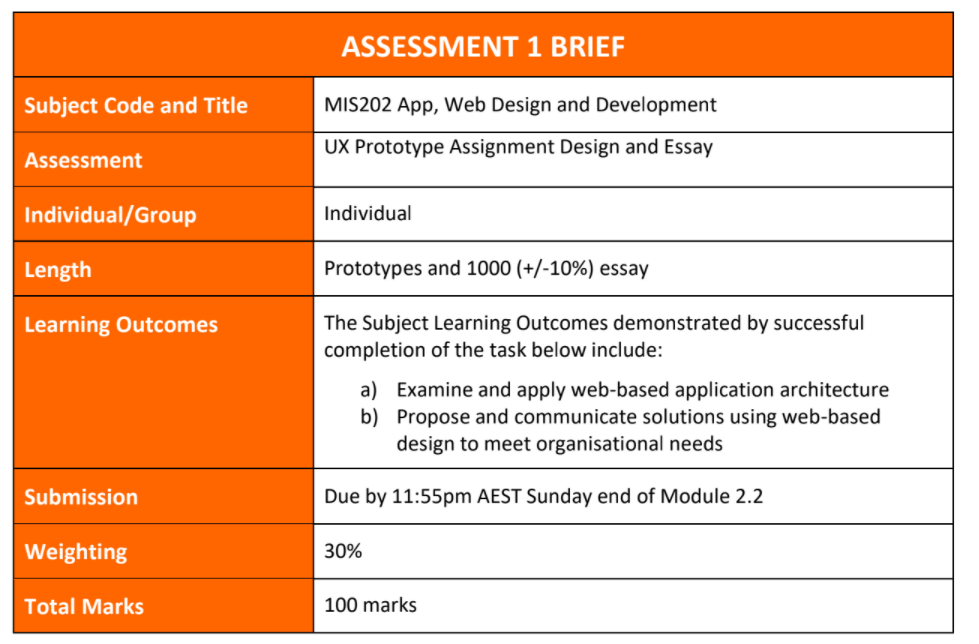
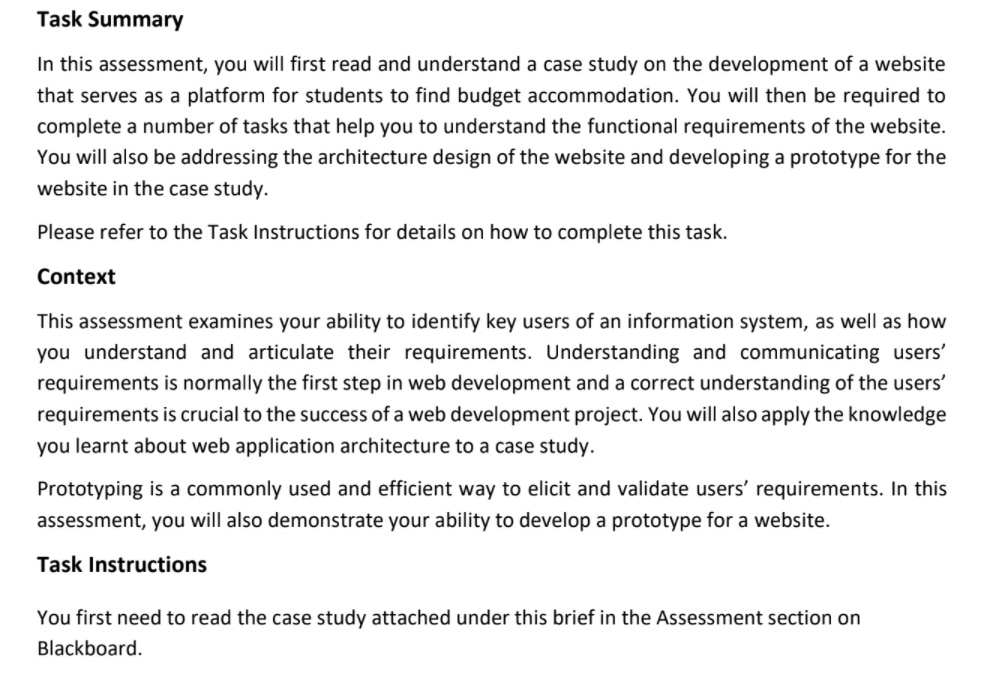
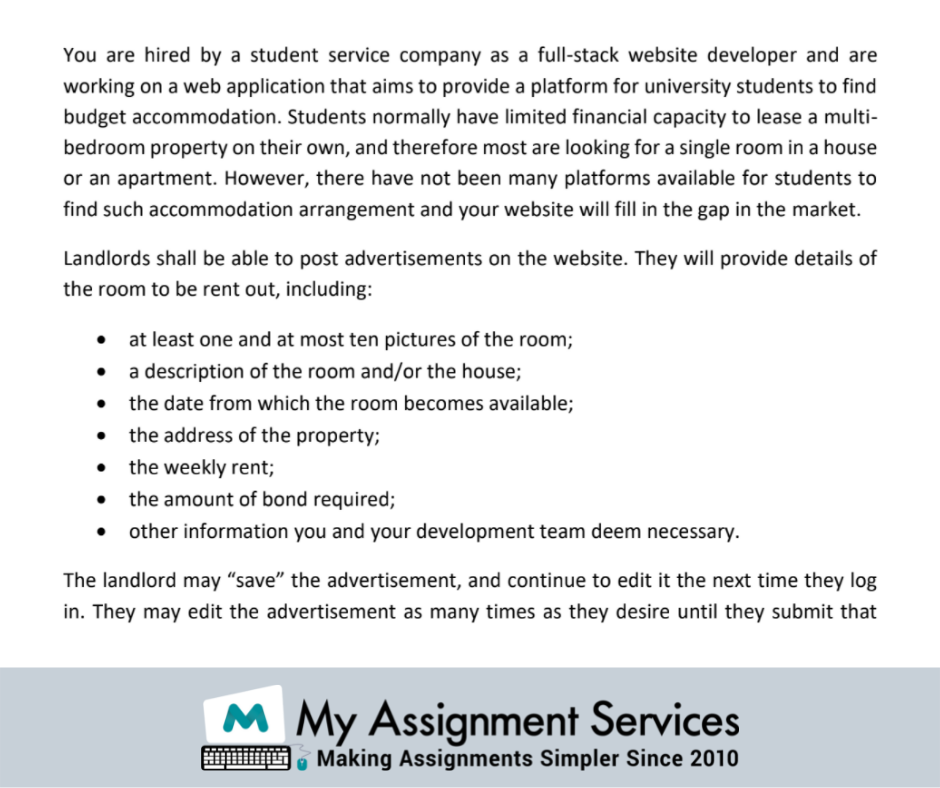
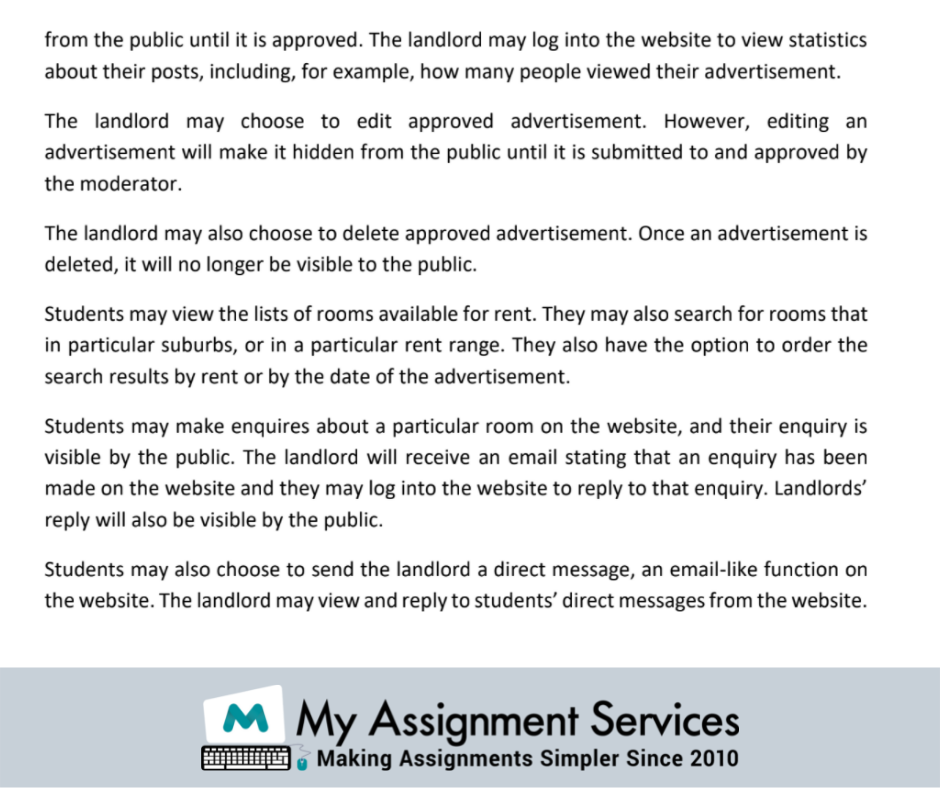
How Can You Become a Perfect UX Designer?
To become a perfect UX designer, start paying attention to the details like "Why", "What", and also "how" of by-product use as a UX designer. The Why directs to a user's explanations for welcoming a product and related to a task they want to complete with it or to cultural significances and beliefs that consumers specify with product privilege and use. What is involved with what users can execute with a product's functionality? Eventually, the How is concerned with developing a useful design that is unrestricted and satisfying to the eye. To generate products that customers can form unforgettable experiences with, UX designers have to start with- the Why, the What, and the How.
If you think we have missed anything that you were looking for in this blog or any case study assignment help, you can connect with the subject-matter expert to gain in-depth knowledge. Also, they are available 24*7 for assistance.
Related Study Materials
Our Experts can answer your Assignment questions instantly.
Ask Question0 Comment
Get It Done! Today
1,212,718Orders
4.9/5Rating
5,063Experts






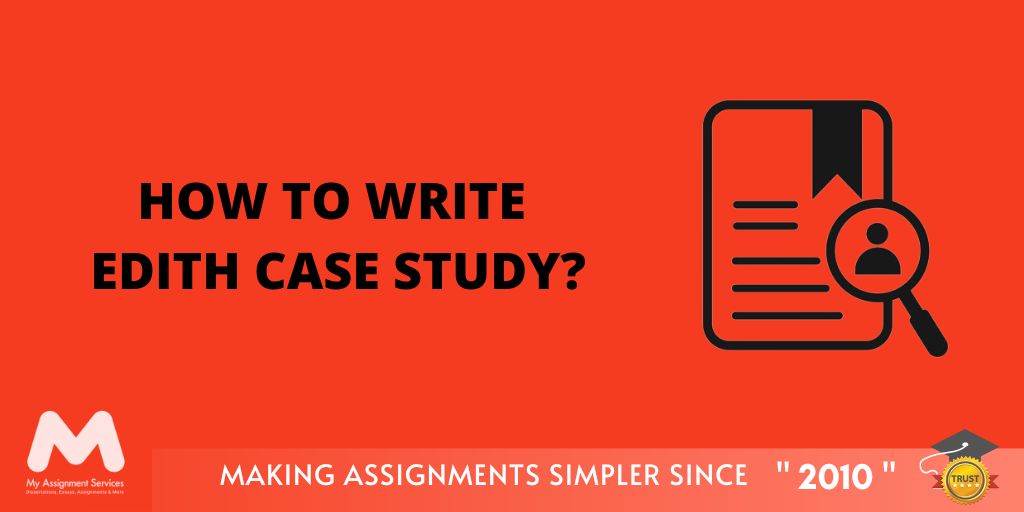





Loved reading this Blog? Share your valuable thoughts in the comment section.
Add comment